















December 14, 2012 | permalink
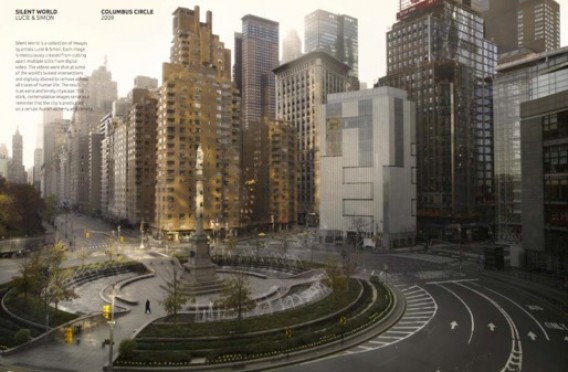
Back in May, the architect Jeffrey Inaba – founder of his eponymous studio INABA and Columbia University’s C-Lab – interviewed me about the implications of “smart cities” for a project he was working on in conjunction with FR.EE (aka Fernando Romero EnterprisE). That project has since spawned two books, INABA’s Adaptation: Architecture, Technology, and the City, a deep dive into the fusion of digital communications technologies and cities in all its forms, and FR.EE’s You Are The Context, a romp in the mold of Rem Koolhaas’ Content nearly a decade ago.
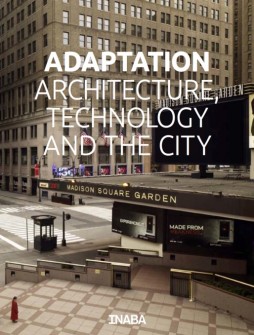
“As the city becomes more technological, architecture will become more essential,” Inaba writes in Adaptation. “Technologies are growing as part of the functioning of cities, and as a result, the design of the urban environment will take on central importance. But this shift won’t occur as we might think.”
The book features interviews with me, K2S Advisors’ Michael Keane, McKenzie Wark, Boston New Urban Mechanics, Seth Pinsky, Jay Nath, Matthew Chalmers, and many others, several of which – including mine – are reproduced in You Are The Context. Archinect has been kind enough to post a PDF version of Adaptation downloadable here. To whet your appetite in the meantime, here’s a brief excerpt.
JI: If you were commissioned to write a science fiction novel about the city, what kind of story line would you develop? Science fiction often takes one aspect of reality and plays out its consequences into the future with projected advances in technology. What aspects of the city would you extrapolate in this sci-fi sense?
GL : As a teenager I read cyberpunk voraciously. It’s interesting to see how many ideas William Gibson and Bruce Sterling got right in the sense of imagining a data-security state where only outlaws, hackers, and drifters exist without an official identity in an official system.
The other day someone pointed out to me that social networks, in the way they evolve, will continue to draw in and quantify, in very linear states, our relationships with other people, making them more and more transactional. The people who can opt out are going to become the most powerful, wealthiest, most attractive people. Not being part of social networks will become the sexiest proposition possible. Opting out is going to become increasingly seductive. I’m also very curious about the question of how much physical environment we’ll need when we bring networked information to bear on it. Will we need office towers? Will we need office towers as they exist now, these totally homogenous zones for bringing people together under the rubric of a single corporation? How filtered can they be?
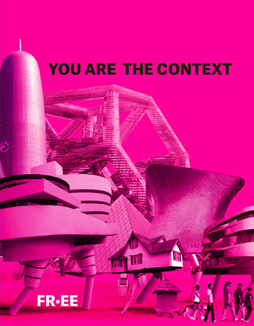
The Japanese architect Hitoshi Abe is working on a project called Megahouse, where the city is basically your living room. Perhaps as we move through cities, we will belong to clubs and guilds that have different turf around the city, and every building will have a room that you’re invited to use–sort of like car sharing. Car ownership will be a thing of the past. And the city will exist as a whole fleet of point-to-point, mass-transit, robotic vehicles. And then there will be all these questions around that, such as, who controls the fleet? How is it run?
And then the other thing I’m particularly interested in is the vision that Gary Shteyngart has, in Super Sad True Love Story, of the Äppärät, a device that we feed more and more of our data into, so we will know who everyone around us is in real time. We’ll have geosynchronous devices that we mount to Big Data and social media networks that will be able to alert us as to who’s near us. The city’s greatest quality is serendipity, the generative power of bringing strangers together. What happens when you try to systematize this, when you make serendipity a service? This is what apps like Highlight and Sonar are trying to do. On the one hand, people recoil when I talk about this; they physically recoil. But in the future, wouldn’t you want that? Wouldn’t you want to know who the person next to you is? How much data is unlocked because we want it to be, and how much is unlocked unwillingly? I would pay five bucks a month or more if I had a device that could tell me in real time that someone walking by me has a really powerful context and that I should get to know them and why.
Those are the sorts of things that I imagine in a very low-grade manner, but it isn’t IB M coming in from above and wiring the city with networks. It’s simply a merging and overlapping of data sets: Facebook meets LinkedIn meets FourSquare meets various other apps. Andrew Keen argues in the Atlantic that this isn’t serendipity at all. I was at a conference where someone said, ‘This isn’t serendipity; it’s stalking.’ To which my response was, ‘Of course. That’s why it’s a service.’ How porous does the city become? How porous do organizations become? Because I think companies are trying to be more like cities. Anyone who has read Steve Jobs’s book and Jonah Lehrer’s book, or Geoff West or Jane Jacobs, knows that cities are the most generative environment of all. So how do we build organizations to be more like cities? I think that question is also why technology companies are getting ‘into’ the city: they sense something here. They sense the limits of the Silicon Valley model, and they’re trying to evolve into something else.
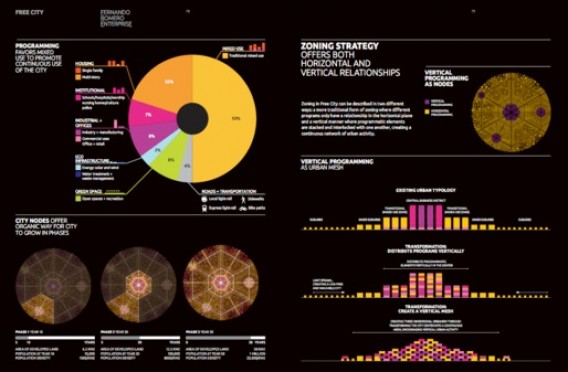
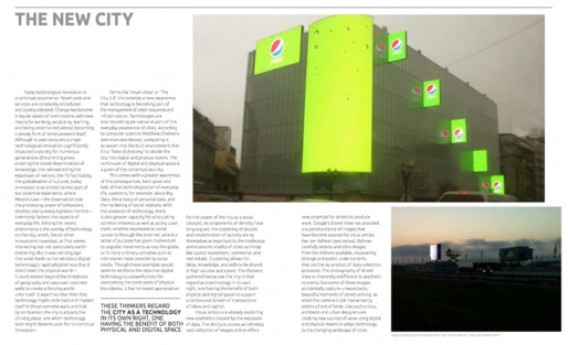

» Folllow me on Twitter.
» Email me.
» See upcoming events.

Greg Lindsay is a generalist, urbanist, futurist, and speaker. He is a non-resident senior fellow of the Arizona State University Threatcasting Lab, a non-resident senior fellow of MIT’s Future Urban Collectives Lab, and a non-resident senior fellow of the Atlantic Council’s Scowcroft Strategy Initiative. He was the founding chief communications officer of Climate Alpha and remains a senior advisor. Previously, he was an urban tech fellow at Cornell Tech’s Jacobs Institute, where he explored the implications of AI and augmented reality at urban scale.

January 31, 2024
Unfrozen: Domo Arigatou, “Mike 2.0”
January 22, 2024
The Future of Generative AI in Architecture, Engineering, and Construction
January 18, 2024
The Promise and Perils of the Augmented City
January 13, 2024
Henley & Partners: Generative AI, Human Labor, and Mobility

----- | January 22, 2024
The Future of Generative AI in Architecture, Engineering, and Construction
----- | January 1, 2024
----- | August 3, 2023
CityLab | June 12, 2023
Augmented Reality Is Coming for Cities
CityLab | April 25, 2023
The Line Is Blurring Between Remote Workers and Tourists
CityLab | December 7, 2021
The Dark Side of 15-Minute Grocery Delivery
Fast Company | June 2021
Why the Great Lakes need to be the center of our climate strategy
Fast Company | March 2020
How to design a smart city that’s built on empowerment–not corporate surveillance
URBAN-X | December 2019
CityLab | December 10, 2018
The State of Play: Connected Mobility in San Francisco, Boston, and Detroit
Harvard Business Review | September 24, 2018
Why Companies Are Creating Their Own Coworking Spaces
CityLab | July 2018
The State of Play: Connected Mobility + U.S. Cities
Medium | May 1, 2017
Fast Company | January 19, 2017
The Collaboration Software That’s Rejuvenating The Young Global Leaders Of Davos
The Guardian | January 13, 2017
What If Uber Kills Public Transport Instead of Cars
Backchannel | January 4, 2017
The Office of the Future Is… an Office
New Cities Foundation | October 2016
Now Arriving: A Connected Mobility Roadmap for Public Transport
Inc. | October 2016
Why Every Business Should Start in a Co-Working Space
Popular Mechanics | May 11, 2016
Can the World’s Worst Traffic Problem Be Solved?
The New Republic | January/February 2016